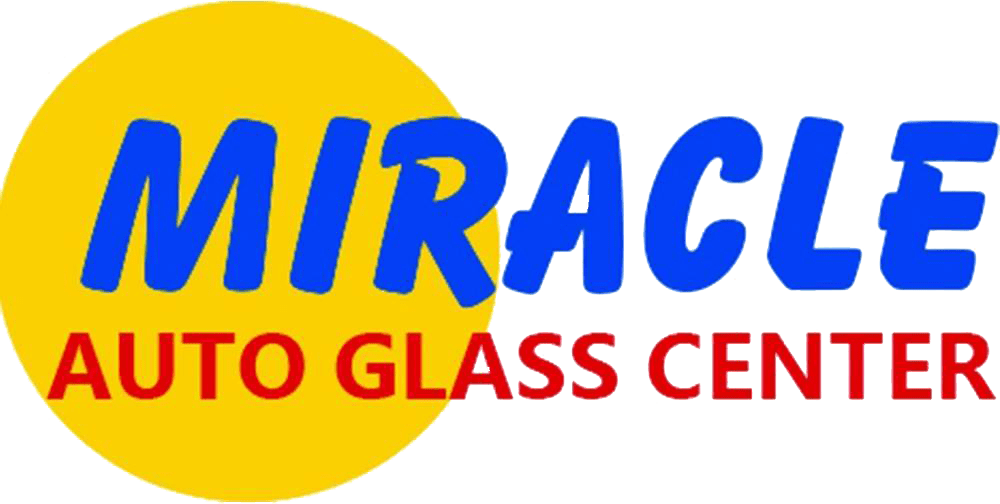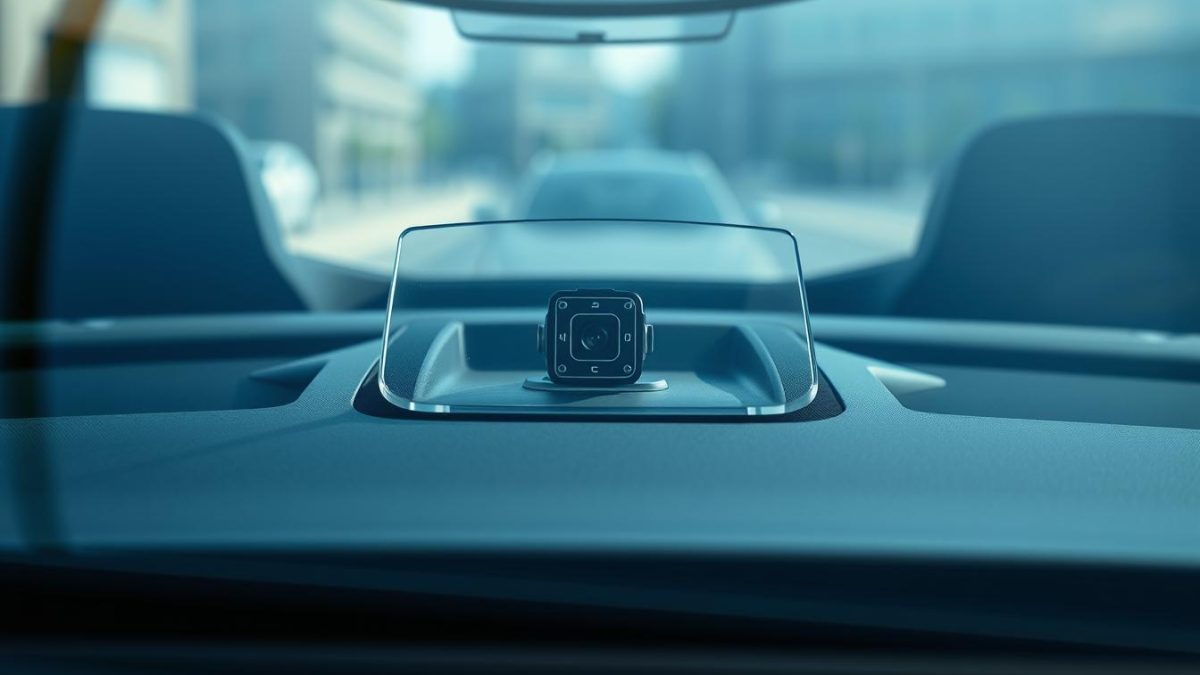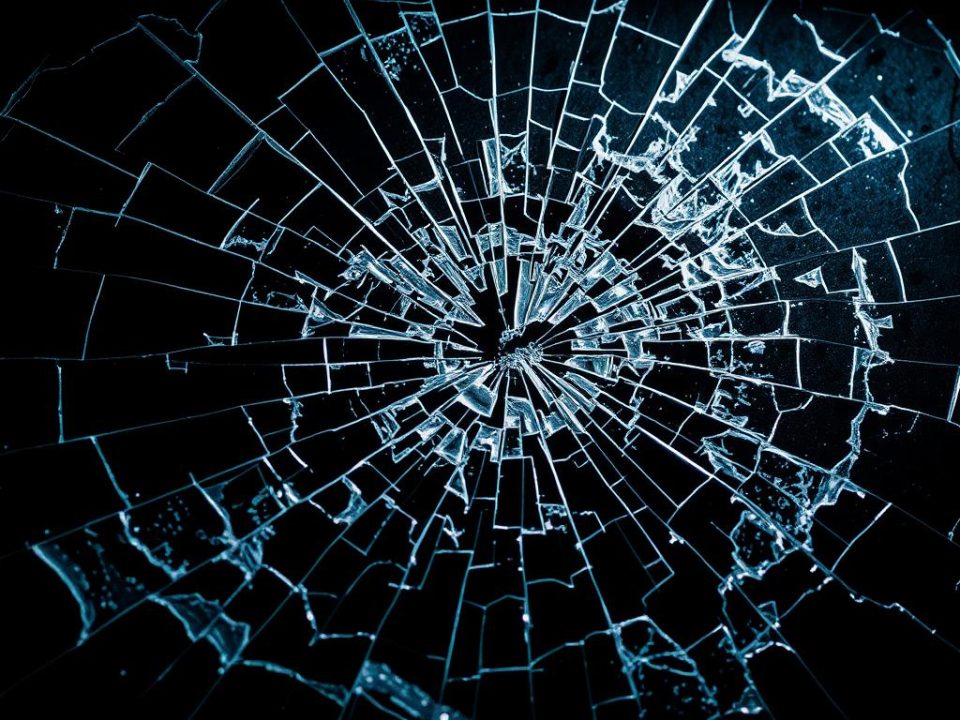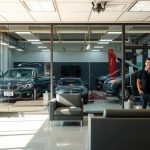
What Makes a Local Auto Glass Shop the Best Choice?

Stop the Whistling: Fixing Wind Noise from Broken or Replaced Windows
Replacing your windshield can be stressful. But it’s not just about fixing the glass. If your car has advanced driver-assistance systems (ADAS), you need to recalibrate the camera after the replacement. This step is key for your safety on the road.
After replacing your windshield, the camera on it must be recalibrated. This is because the camera’s position is essential for features like lane departure warning and adaptive cruise control. In this article, we’ll look into why ADAS alignment is important and what the recalibration process involves.
Key Takeaways
- The importance of camera recalibration after windshield replacement for vehicle safety.
- Understanding how ADAS alignment affects your vehicle’s advanced safety features.
- What to expect during the Auto glass camera recalibration process.
- The role of proper recalibration in maintaining your vehicle’s safety features.
- How to ensure your vehicle is properly serviced after windshield replacement.
The Evolution of Modern Vehicle Safety Systems
The car industry has seen big changes in safety systems thanks to new tech. These updates have brought about smarter safety features. They make cars much safer for everyone inside.
From Basic Safety Features to Advanced Driver Assistance Systems
Older cars had basic safety like seatbelts and airbags. But now, cars have Advanced Driver Assistance Systems (ADAS). These systems use new tech to stop accidents and keep people safe.
ADAS includes things like lane assist sensors. These sensors help drivers stay in their lane. This cuts down on the chance of crashes.
The Integration of Cameras in Modern Vehicles
Cameras are now a big part of cars, with many giving a full view around the car. These cameras are key for safety features like lane warning systems and rearview cameras.
New tech has changed car safety a lot. Cameras and sensors are key to making cars safer. They help make ADAS systems that really improve safety.
Today’s cars have many safety features working together. They help prevent accidents and keep people safe. As tech keeps getting better, car safety will keep getting even better.
Understanding ADAS Technology in Today’s Vehicles
When you drive your car today, you’re enjoying the benefits of Advanced Driver Assistance Systems (ADAS). This technology is key in modern cars, making driving safer and more convenient.
What is ADAS and How Does it Work?
ADAS uses sensors, cameras, and radar to make driving safer and more comfortable. These systems detect hazards, warn the driver, and sometimes take action. The ADAS alignment is vital for these systems to work right, needing precise calibration to read sensor data well.
Types of ADAS Features That Rely on Windshield-Mounted Cameras
Windshield-mounted cameras are essential for many ADAS features. Here are some important ones:
Lane Departure Warning Systems
Lane departure warning systems watch where your car is in the lane. If you start to leave your lane, it warns you. This helps avoid accidents by keeping you in your lane.
Automatic Emergency Braking
Automatic emergency braking uses cameras and sensors to spot possible crashes. If it sees a crash coming, it brakes for you to try and stop the impact.
Adaptive Cruise Control
Adaptive cruise control keeps your car at a safe distance from the car in front. It adjusts your speed to fit the traffic, making long drives easier and safer.
These ADAS features, including lane assist sensors, work together to make driving safer. It’s important to keep these systems calibrated and maintained to ensure they work as they should.
The Critical Connection Between Windshields and Safety Cameras
Modern cars rely on windshield cameras for safety. These cameras help with features like lane warning, cruise control, and emergency braking. They are key to Advanced Driver-Assistance Systems (ADAS).
How Windshield-Mounted Cameras Function
Windshield cameras take pictures of the road. They send this info to software for analysis. This data is vital for safety features to work right.
- Capturing images of the road ahead
- Detecting lane markings and other vehicles
- Providing input for automatic braking and steering adjustments
Why Camera Positioning is Precise and Calibrated
Camera placement is super important. Even small mistakes can mess up their performance. Precise calibration is key for accurate data.
The Millimeter-Perfect Alignment Requirements
Calibration makes sure cameras are perfectly aligned. This is vital for matching the camera’s view with the car’s systems.
| Alignment Factor | Importance |
|---|---|
| Horizontal Alignment | Critical for detecting lane markings |
| Vertical Alignment | Essential for accurate distance measurements |
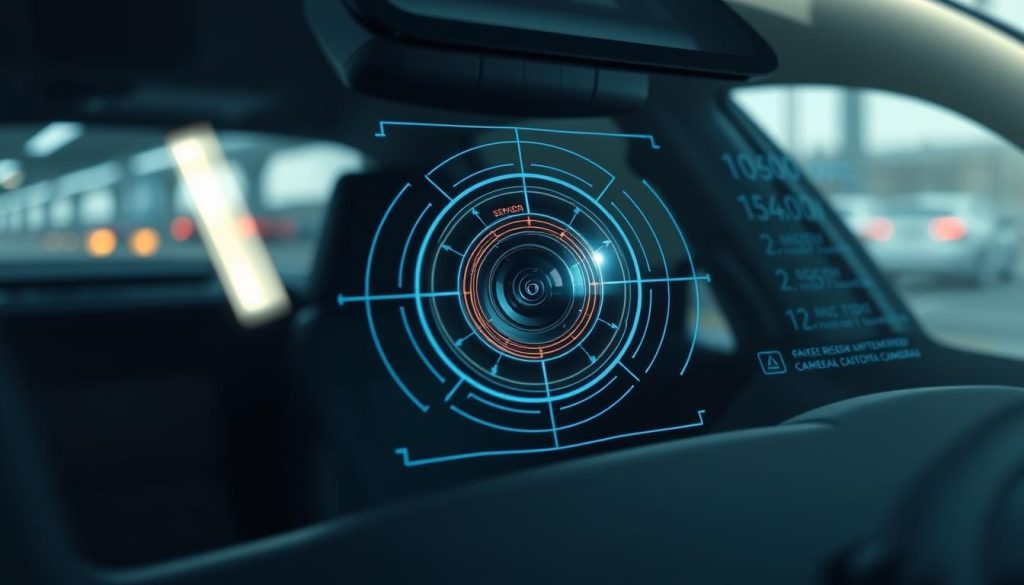
Recalibrating auto glass cameras is essential after a windshield change. It keeps your car’s safety features working well. Knowing how windshields and cameras work together helps keep you safe on the road.
What Happens During Windshield Replacement
Your car’s windshield is more than just glass. It’s key to your car’s safety. Advanced Driver Assistance Systems (ADAS) use cameras on the windshield to work right.
The Process of Removing and Installing a New Windshield
When you get a new windshield, the old one is taken out. Cameras and sensors are removed too. Then, the new windshield goes in, and these parts are put back on. But, this might change where they sit.
How Replacement Affects Camera Positioning
Putting cameras and sensors back on can mess with their setup. Even small changes can hurt how well lane assist sensors and ADAS alignment work.
Why Even Minor Adjustments Matter
Small changes in camera placement can really affect your car’s safety features. Getting ADAS alignment right is key. It keeps you safe on the road.
It’s important to make sure your car’s safety features are set up right after a windshield change. This keeps you safe and makes sure your car’s safety tech works as it should.
Auto Glass Camera Recalibration: The Essential Post-Replacement Process
When you replace your windshield, it’s important to recalibrate the cameras and sensors. This keeps your vehicle’s safety features working right. It’s key for your car’s advanced driver assistance systems (ADAS) to work well.
What Recalibration Entails
Recalibrating your windshield’s cameras and sensors means making sure they’re in the right spot. It needs special tools and trained people to do it right. The process uses a device that talks to your car’s computer, checks the camera’s aim, and makes sure everything is working.
Static vs. Dynamic Recalibration Methods
There are two ways to recalibrate your windshield’s cameras: static and dynamic. Static recalibration is done when the car is stopped, using a target in front. Dynamic recalibration is when the car moves, usually on a highway. The method depends on the car’s maker and its safety features.
Equipment and Technology Used in Professional Recalibration
Professional recalibration uses the latest tools and tech. This includes special devices, software, and diagnostic tools for your car. These help technicians get the cameras and sensors just right.
The Precision Tools Behind Accurate Calibration
The tools for recalibration include high-tech cameras, laser devices, and advanced software. They work together to make sure your car’s safety features are spot on. This gives you a safe drive every time.
Recognizing When Your Vehicle Needs Camera Recalibration
Knowing when your car needs camera recalibration is key to safety. Modern cars use Advanced Driver Assistance Systems (ADAS). These include lane assist sensors, which work with your car’s windshield.
Warning Signs of Improperly Calibrated ADAS Systems
Problems with ADAS can show up in several ways. You might see:
- Lane departure warning systems not working right
- Adaptive cruise control not working as it should
- Automatic emergency braking not responding
These problems often mean your camera system is off. It needs to be recalibrated for your safety.
Vehicle Makes and Models Most Sensitive to Calibration Issues
Some cars are more prone to calibration problems. This is because they have advanced safety features. For example:
| Vehicle Make | Model | ADAS Features |
|---|---|---|
| Tesla | Model S | Autopilot, Lane Departure Warning |
| Volvo | XC90 | City Safety, Pilot Assist |
| Mercedes-Benz | S-Class | Active Lane Change Assist, Active Steering Assist |
Beyond Windshield Replacement: Other Reasons for Recalibration
Windshield replacement is a common reason for recalibration. But other events can also require it. These include:
- Accidents that affect the camera’s alignment
- Upgrades to your vehicle’s ADAS system
- Regular maintenance checks recommended by your car’s maker
It’s vital to keep your camera system calibrated. This ensures ADAS features like lane assist sensors work well.
The Risks of Skipping Camera Recalibration
Not recalibrating your car’s camera after a windshield replacement can be dangerous. Advanced Driver Assistance Systems (ADAS) need cameras to work right. If these cameras aren’t set up correctly, your car’s safety could be at risk.
Safety Implications for Lane Assist Sensors
Lane assist sensors are key for keeping your car safe. They help you stay in your lane and adjust your car as needed. But, if the camera isn’t recalibrated, these sensors might not work right. This could lead to accidents.
Potential Malfunctions in Emergency Braking Systems
Emergency braking systems are also at risk if cameras aren’t calibrated right. If the camera can’t see obstacles or people, the brakes might not work when they should. This is very dangerous, mainly in busy areas.
Insurance and Liability Considerations
Not recalibrating your camera can also affect your insurance and legal standing. If you’re in an accident and your car’s safety features weren’t set up right, you could be blamed. This could raise your insurance costs and lead to legal trouble.
Real-World Consequences of Improper Calibration
The table below shows some real examples of what can happen if cameras aren’t set up right:
| Safety Feature | Consequence of Improper Calibration | Potential Outcome |
|---|---|---|
| Lane Assist | Drifting into other lanes | Accident or near-miss |
| Emergency Braking | Delayed or failed braking | Collision with obstacle or pedestrian |
Knowing the dangers of not recalibrating your car’s camera helps you stay safe. It keeps you and your passengers safe and helps make the roads safer for everyone.
Manufacturer Requirements for ADAS Alignment After Glass Replacement
ADAS alignment after glass replacement is not a one-size-fits-all process. It requires following specific OEM guidelines. When you replace your windshield, the Advanced Driver Assistance Systems (ADAS) need to be recalibrated. This ensures they work correctly.
OEM Guidelines and Specifications
Original Equipment Manufacturer (OEM) guidelines for ADAS alignment vary. For example, some vehicles need static recalibration, where the car is set up in a specific way. Others require dynamic recalibration, which involves driving at a certain speed on roads with specific markings. It’s key to check your vehicle’s manufacturer guidelines for the right recalibration method for your lane assist sensors and other ADAS features.
Variation in Recalibration Procedures Across Vehicle Makes and Models
The recalibration process differs for all vehicle makes and models. Some vehicles, with advanced safety features, need more complex procedures. For instance, some models might require special equipment for recalibrating forward collision warning systems and lane-keeping assist features. Knowing these differences is vital for ensuring your vehicle’s safety features work right.
Time and Cost Considerations for Proper Recalibration
The time and cost for ADAS recalibration can vary a lot. Some recalibrations are quick, while others take longer due to complexity or the need for special equipment. The cost also depends on the vehicle make, model, and the needed recalibration method. It’s wise to talk to a professional auto glass replacement service that knows the ADAS alignment needs for your vehicle. They can give you a precise estimate.
The Miracle Auto Glass Approach to Camera Recalibration
At Miracle Auto Glass, we focus on making sure your car’s safety features work right. We’re experts in auto glass camera recalibration. Our dedication to quality and safety has made us a reliable choice in the field.
Certified Technicians and Advanced Equipment
Our team has certified technicians who know the latest in auto glass camera recalibration. We use state-of-the-art equipment for every job. This ensures top-notch results.
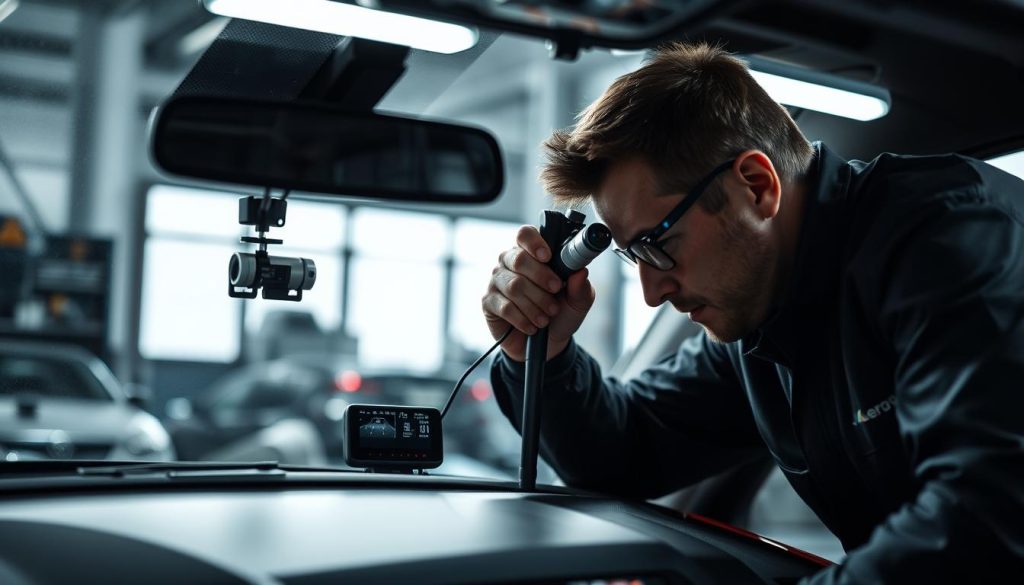
Comprehensive Recalibration Process
We start by checking your car’s safety features carefully. Then, we make precise adjustments to get everything just right. This way, your car’s ADAS systems work perfectly.
| Recalibration Steps | Description | Benefits |
|---|---|---|
| Initial Assessment | Thorough check of vehicle’s ADAS | Identifies issues accurately |
| Camera Alignment | Precise adjustments for correct calibration | Ensures proper functioning of safety features |
| Quality Testing | Rigorous testing to verify recalibration | Confirms accuracy and reliability |
Quality Assurance and Testing
We aim for the best at Miracle Auto Glass. Our quality checks are tough to make sure every job is up to par.
Why Choose Miracle Auto Glass for Your Recalibration Needs
Choosing Miracle Auto Glass means your car’s safety is in safe hands. Contact us to book your service. See the quality and care we bring to every job.
Conclusion: Ensuring Your Safety on the Road
Advanced Driver Assistance Systems (ADAS) use cameras and sensors on or near the windshield. When you replace your windshield, these systems need to be recalibrated. This ensures they keep working right, like lane departure warning and automatic emergency braking.
Getting your ADAS systems aligned properly is key. It helps your lane assist sensors and other safety features work well. If you skip this step, you could face serious safety risks. Knowing how to recalibrate your cameras after a windshield replacement is vital for your safety.
At Miracle Auto Glass, our certified techs use the latest tools for ADAS recalibration. We know how important it is to calibrate accurately for your safety. If your windshield has been replaced or you’re having ADAS issues, we’re here to help. Visit us to learn about our recalibration services and book an appointment.
